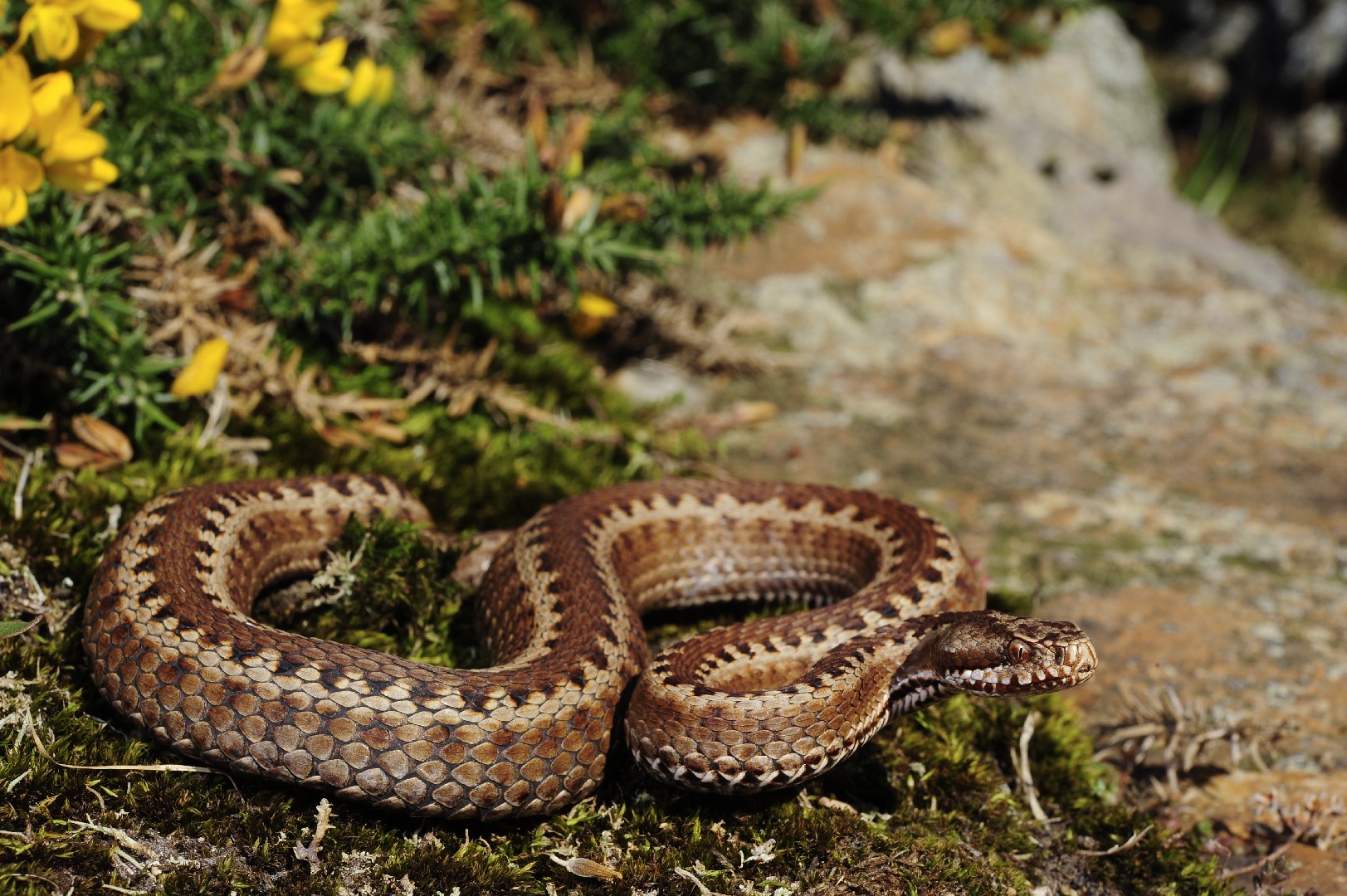Baskian viper
A species of Palaearctic vipers, Also known as Portuguese viper, Portugese viper Scientific name : Vipera seoanei Genus : Palaearctic vipers
Baskian viper, A species of Palaearctic vipers
Also known as:
Portuguese viper, Portugese viper
Scientific name: Vipera seoanei
Genus: Palaearctic vipers
Content
Description General Info
 Photo By Benny Trapp , used under CC-BY-SA-3.0 /Cropped and compressed from original
Photo By Benny Trapp , used under CC-BY-SA-3.0 /Cropped and compressed from original Description
Vipera seoanei is a venomous viper species endemic to extreme southwestern France and the northern regions of Spain and Portugal. Two subspecies are currently recognized, including the nominate race described here.
General Info
Lifespan
10-15 years
Diet
Baskian viper is a carnivorous species, mainly preying on small mammals like voles and mice. Occasionally, it supplements its diet with amphibians, particularly newts and toads for diversity.
Appearance
The Vipera seoanei, or baskian viper, is a small-to-medium sized venomous snake with an average length of 60-70 cm. It has a stout body covered in keeled scales, which give the skin a rough texture. Baskian viper features a mostly grey or brown coloring, with a distinct zig-zag pattern running along its back. This snake has no noticeable age or gender-based differences in appearance, ensuring an almost uniform aesthetic throughout its species.
Behavior
Baskian viper is a solitary and venomous snake species. Its diurnal activities focus primarily on hunting, using venom to subdue prey. This species is thermophilic, sunning itself on rocks to regulate its body temperature. Its defensive behavior includes hissing and striking when feeling threatened, while its cryptic coloration aids in camouflage within its montane habitats.
Scientific Classification
Phylum
Chordates Class
Reptiles Order
Lizards and snakes Family
Vipers Genus
Palaearctic vipers Species
Baskian viper